Introduction
As you lay in your bed at 3 in the morning trying to fall asleep, you can’t help but wonder why you’re not able to fall asleep. The lights are off, your room is at the perfect temperature, and your pillows are at the perfect height. This is the reality for millions of people across the country. Studies have found that about 10% of the entire world’s population suffers from insomnia or rather the inability to easily fall asleep.[1] Yet, with so many people suffering from this condition, many don’t actually know what it is they are dealing with. In this article, we’ll look at what insomnia is, what can cause it, what percentage of people with insomnia actually get better, and some of the more recent treatment options available. This article will also mark the first installment in our insomnia series.
What is Insomnia?
Insomnia is a common sleeping disorder that can be broken down into three components: difficulty falling asleep, difficulty staying asleep, or waking up too early. A person can be diagnosed with insomnia even if they experience only one of these three criteria. However, any of these symptoms can be just as detrimental to a person’s well-being as the other. Often, people with insomnia may report feeling tired throughout the day, having a hard time focusing on daily tasks, having poor judgment or decision-making skills, and may just overall be in poorer health.
Insomnia can also be classified as acute (short-term) or chronic (ongoing) based on the length of time a person has been experiencing symptoms. Acute insomnia typically lasts for a few days or weeks and is the result of some form of stress or other trigger (we will discuss this in more depth in the next section). However, this type of insomnia can typically resolve on its own depending on what the underlying cause is. Chronic insomnia, however, tends to last for months or longer and is the result of some other condition or its own independent problem. Typically, those suffering from chronic insomnia will need some form of medical intervention in order to treat their conditions.
What Causes Insomnia?
Insomnia is a complex disorder and can be caused by one trigger or a combination of many. These triggers can be the result of a person’s lifestyle, their environment, a person’s age, or a number of other risk factors.
- Beginning with lifestyle factors, this category deals with day-to-day elements that could contribute to insomnia. One important factor is stress. Whether it be from school, work, or a new hardship (divorce, death in the family, etc.) any form of stress can be a contributor to insomnia. Next, frequent travel and shifting work schedules can lead to insomnia. Everyone has an internal clock (known as their circadian rhythm) that determines the time they fall asleep and wake up. When this clock is interrupted by traveling or working an occasional night shift, insomnia can result. Lastly, a person’s diet can also influence their sleep. Typically, eating a large meal before bed is not recommended. Large meals can cause a person to feel uncomfortable or can cause heartburn. As a result, a person will likely be unable to fall asleep.
- As for a person’s environment, this typically deals with the conditions in which a person sleeps. For example, bedroom temperature is a key factor in whether a person is able to fall asleep. It is often recommended that a person sleep in a room at a temperature of 65 degrees Fahrenheit.[2] Having a room that is too hot or cold can result in a poor night's rest. Additionally, light and noise can disrupt a person’s sleep. Many also fail to take into account the comfortability of their mattress and pillows. While you may think your bed is comfortable while you are awake, if you find yourself constantly tossing and turning while you are asleep, it may be time to consider investing in a new mattress. If you constantly are waking up with pain in your upper neck, a new pillow may be helpful.
- Age is another, often overlooked, cause of insomnia. A recent 2019 study found that up to 75% of older (aged 65 and up) deal with insomnia.[3] As we age, our sleep patterns begin to change as our internal clock shifts forward with us beginning to feel tired sooner, causing us to want to sleep earlier and wake up earlier. However, most people may try to stick with their old sleeping habits and resist adjusting to their body’s new “timezone.” Additionally, as we age, we tend to face more health conditions which could alone increase our risk of insomnia. However, these health conditions are often treated through medication, which further increases a person’s risk of developing insomnia.
- There are a number of independent risk factors that could result in a person developing insomnia. One such risk factor is genetics. If a person has a family history of insomnia, they are at an increased risk of developing the condition themself. Aside from this, mental health disorders such as depression and bipolar disorder can increase a person’s likelihood of developing insomnia. Lastly, women tend to be more likely to develop insomnia than men. An article by Michigan Medicine found that women are twice as likely to develop insomnia than men.[4]
- Another possible cause of insomnia is an imbalance with a person’s hormones. This form of insomnia can be more short-lived or chronic depending on what the underlying issue is. For example, pregnancy causes an increase in the levels of estrogen and progesterone in women. Due to this increase, sleep quality can become affected (currently, there is not much research on how estrogen and progesterone impact sleep, only that they do have some impact [13]).[14] However, hormonal insomnia can also be more chronic if the underlying cause is more permanent, such as menopause. When someone is entering menopause, their hormone levels begin to fluctuate, causing a number of symptoms (hot flashes, night sweats, etc.) that can lead to insomnia.[14]
- A person’s sleep can also be drastically affected by pain. When a person experiences pain during the night, their nervous system becomes aroused. As a result, their sleep architecture (the pattern of sleep stages that a person goes through during the night) becomes disturbed and a proper night’s rest is not achieved.[15] Interestingly, new studies have found that pain can actually be worse during the night.[16] As a result, a person’s sleep can be more disrupted by the pain than their regular day-to-day activities.
- Sleep apnea, while being its own disease, can cause/worsen insomnia. Those with sleep apnea regularly experience breathing interruptions during their sleep. A person may wake up from one of these breathing interruptions and disrupt the quality of their sleep.[17] The combination of these two diseases can be quite detrimental to a person’s well being. The sleep deprivation that results can lead to excessive daytime sleepiness and impairment in cognitive function.[18]
- Lastly, those with restless legs syndrome (RLS) are also quite likely to experience insomnia. RLS is a condition in which a person has an urge to move their legs. This condition is neurological and often worsens at night. As a result, a person may feel uncomfortable, twitchy, or an urge to move, causing them to not fall asleep. RLS affects roughly 5%-10% of adults (and about 2%-4% of children) with women being more likely to be affected than men.[19]
What Are Some Ways to Treat Insomnia?
While some of the causes of insomnia can easily be tackled and taken care of, this is not the case for some of the others.
- Acute insomnia can typically be tackled through lifestyle changes alone. Primarily, this consists of developing good sleep habits, such as going to bed and waking up at a consistent time. Additionally, caffeine can lead to difficulty falling asleep when it is consumed later in the day so avoiding caffeine in the late afternoon and early evening can help a person avoid disrupting their sleep schedule. As we mentioned earlier, stress can be another cause of insomnia and once this stress is removed, insomniac symptoms may be alleviated. Meditating, relaxing before bed, and exercising are some ways in which a person can destress before bed.
- The most effective treatment for chronic insomnia is not medications but rather cognitive behavioral therapy for insomnia (CBT-I). This treatment option works by helping a person identify the negative aspects that are affecting their sleep. For example, a person in CBT-I may begin by identifying stress factors that are contributing to their insomnia or identifying behaviors that a person is doing throughout the day (such as taking naps) that are contributing to their insomnia. After these negative aspects are identified, CBT-I helps a person tackle each problem individually, such as by learning how to meditate and relax, changing a person’s routine to minimize/avoid naps, and creating a new routine to help a person find their ideal sleep schedule. The American Academy of Sleep Medicine (AASM) has found this method to be the most effective in managing chronic insomnia.[10]
- Chronic insomnia can also be treated with medications. These medications either work by reducing alertness, promoting sleepiness or modulating circadian rhythms.
- Circadian rhythm modifying medications:
- One such type of medication is a melatonin receptor stimulator, which works by increasing the activity of the body’s melatonin (a key hormone in sleep) receptors.[5] These receptors are key in regulating the body’s internal clock and once these receptors are stimulated, melatonin is better perceived by the body.
- Reducing alertness:
- Orexin receptor antagonists also work by affecting certain receptors in the brain. This class of drugs blocks orexin receptors in the brain (as opposed to stimulating them).[6] Orexin is a key neuropeptide responsible for regulating a person’s sleep-wake pattern, specifically their feeling of wakefulness. By blocking this neuropeptide, a person is able to stay asleep for longer periods of time and feel less groggy when they wake up in the morning.
- Promoting sleepiness
- Benzodiazepines or benzo-like medications, such as Ambien, are another medication that can be used to treat insomnia. This sedative/hypnotic works by increasing the body’s gamma-aminobutyric acid (GABA) levels.[7] This natural chemical helps a person relax before bedtime, leading to an easier time falling asleep. One form of Ambien (known as the extended-release form) works in two stages, with the first being released right when a person falls asleep and the second being released slowly over the whole night to help ensure that a person remains asleep.[8]
- Other medications
- Aside from these medications, which are specifically designed to treat insomnia, other medications have the off-label use of treating insomnia. Some of these medications include anti-narcoleptics, antidepressants, anticonvulsants, and anti-Parkinson drugs.[9]
- Circadian rhythm modifying medications:
Can I Actually Get Better?
Although curing insomnia may seem like a daunting task, it can be managed and treated through any of the previously mentioned treatments or a combination of them. Penn Medicine tracked 1,435 adults between the years of 2015-2017 and of the 25% that experienced insomnia, 75% were able to recover within 1 year.[11] However, even after a person recovers, it is important that they maintain good sleep habits in order to ensure that they do not relapse back to having insomnia. Although the chance of this happening is minimal, the chance is still there. A recent study has found that the relapse rate of insomnia has actually increased over a 3-year period to 26.7%.[12] With the relapse rate of insomnia on the rise, it is important that, even after a person seeks treatment, they continue to maintain the techniques they learned to ensure that they do not fall back into their previous condition.
The Bottom Line
Insomnia is a common and challenging condition that millions of people experience. While some cases of insomnia can be easily managed through simple lifestyle changes and time, more advanced cases will need more intervention. Regardless, insomnia and its symptoms can be effectively managed and even entirely resolved. However, even after treatment, it is important that a person continues to practice good sleep habits in order to ensure that they do not lose their progress.
References
- Cleveland Clinic. "Insomnia." Cleveland Clinic, 2025, https://my.clevelandclinic.org/health/diseases/12119-insomnia.
- Mayo Clinic Staff. "Insomnia." Mayo Clinic, 13 Oct. 2024, https://www.mayoclinic.org/diseases-conditions/insomnia/symptoms-causes/syc-20355167.
- MedlinePlus. "Insomnia." MedlinePlus, U.S. National Library of Medicine, 2025, https://medlineplus.gov/insomnia.html.
- Sleep Foundation. "Best Temperature for Sleep." Sleep Foundation, 2025, https://www.sleepfoundation.org/bedroom-environment/best-temperature-for-sleep.
- Zhang, Yifang, et al. "The Prevalence and Characteristics of Insomnia in a Large Cohort of Patients with Epilepsy: A Study Based on the HERMES Project." Epilepsy & Behavior, vol. 112, 2020, p. 107391, https://www.ncbi.nlm.nih.gov/pmc/articles/PMC7731454/.
- Michigan Medicine. "3 Reasons Women Are More Likely to Have Insomnia." Michigan Medicine, University of Michigan, 2025, https://www.michiganmedicine.org/health-lab/3-reasons-women-are-more-likely-have-insomnia.
- MedlinePlus. "Healthy Sleep." MedlinePlus, U.S. National Library of Medicine, 2025, https://medlineplus.gov/healthysleep.html.
- WebMD. "Drug Treatments for Insomnia." WebMD, 2025, https://www.webmd.com/sleep-disorders/drug-treatments.
- RxList. "How Do Melatonin Receptor Agonists Work?" RxList, 2025, https://www.rxlist.com/how_do_melatonin_receptor_agonists_work/drug-class.htm.
- WebMD. "Ambien Oral: Uses, Side Effects, Interactions, Pictures, Warnings & Dosing." WebMD, 2025, https://www.webmd.com/drugs/2/drug-9690/ambien-oral/details.
- Drugs.com. "Ambien." Drugs.com, 2025, https://www.drugs.com/ambien.html.
- Hertenstein, Elisabeth, et al. "Insomnia as a Predictor of Mental Disorders: A Systematic Review and Meta-Analysis." Sleep Medicine Reviews, vol. 43, 2019, pp. 96–105, https://pubmed.ncbi.nlm.nih.gov/37086045/.
- Penn Medicine. "1 in 4 Americans Develop Insomnia Each Year." Penn Medicine News, 5 June 2018, https://www.pennmedicine.org/news/news-releases/2018/june/1-in-4-americans-develop-insomnia-each-year.
- Morin, Charles M., et al. "Insomnia Disorder." Nature Reviews Disease Primers, vol. 1, 2015, p. 15026, https://www.ncbi.nlm.nih.gov/pmc/articles/PMC6685320/.
- Mayo Clinic Staff. "Insomnia Treatment: Cognitive Behavioral Therapy Instead of Sleeping Pills." Mayo Clinic, 13 Oct. 2024, https://www.mayoclinic.org/diseases-conditions/insomnia/in-depth/insomnia-treatment/art-20046677.
- Healthline. "Insomnia: Facts, Statistics, and You." Healthline, 2025, https://www.healthline.com/health/insomnia/infographic-facts-stats-on-insomnia.
- McCarthy, Margaret M., et al. "The Endocrinology of the Developing Brain: A Paradox with Hormones as Both Architects and Sculptors." Endocrinology, vol. 161, no. 9, 2020, bqaa128, https://academic.oup.com/endo/article/161/9/bqaa128/5879359.
- Healthline. "Hormonal Insomnia: Symptoms and Treatments." Healthline, 2025, https://www.healthline.com/health/insomnia/hormonal-insomnia-symptoms.
- WebMD. "Pain and Sleep: Understanding the Interrelationship." WebMD, 2025, https://www.webmd.com/sleep-disorders/features/pain-and-sleep.
- Harvard Health Publishing. "Do We Feel Pain More at Night?" Harvard Health Blog, 18 Jan. 2023, https://www.health.harvard.edu/blog/do-we-feel-pain-more-at-night-202301182877.
- Medical News Today. "Sleep Apnea and Insomnia: What's the Link?" Medical News Today, 2025, https://www.medicalnewstoday.com/articles/sleep-apnea-insomnia.
- "Sleep Apnea and Insomnia: Risks and Treatments." Medical News Today, https://www.medicalnewstoday.com/articles/sleep-apnea-insomnia#risks.
- "Restless Legs Syndrome." Sleep Foundation, https://www.sleepfoundation.org/restless-legs-syndrome.



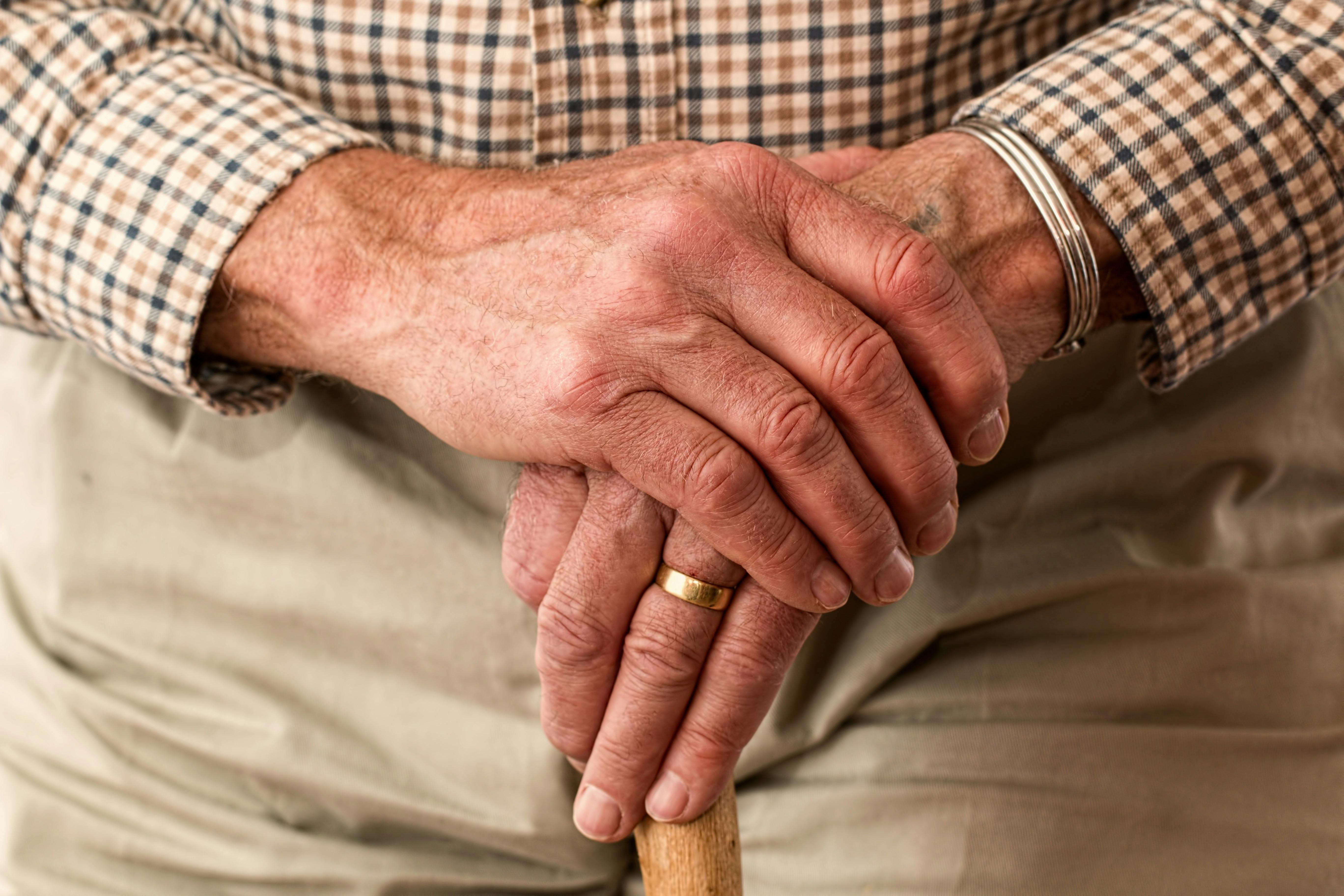





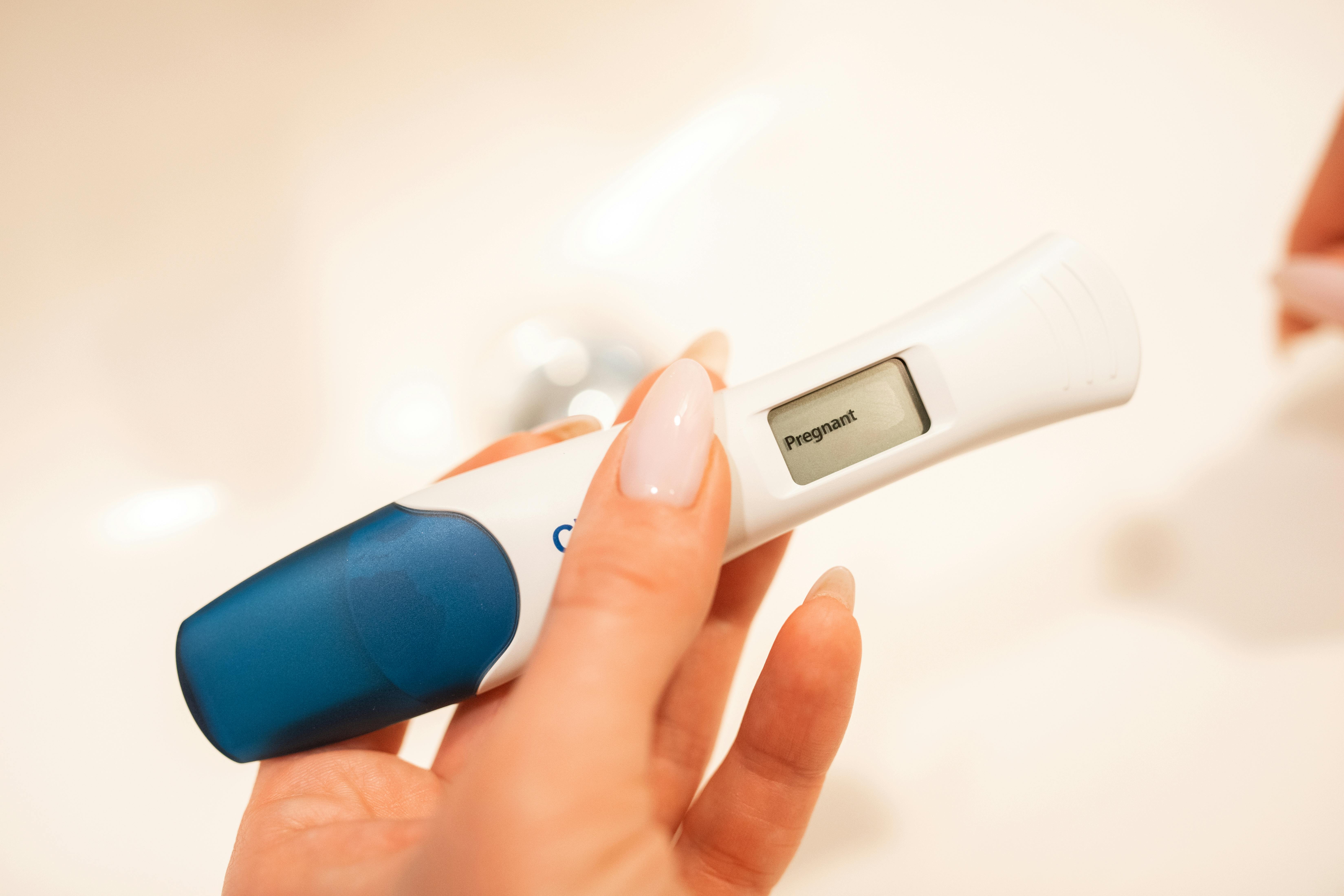





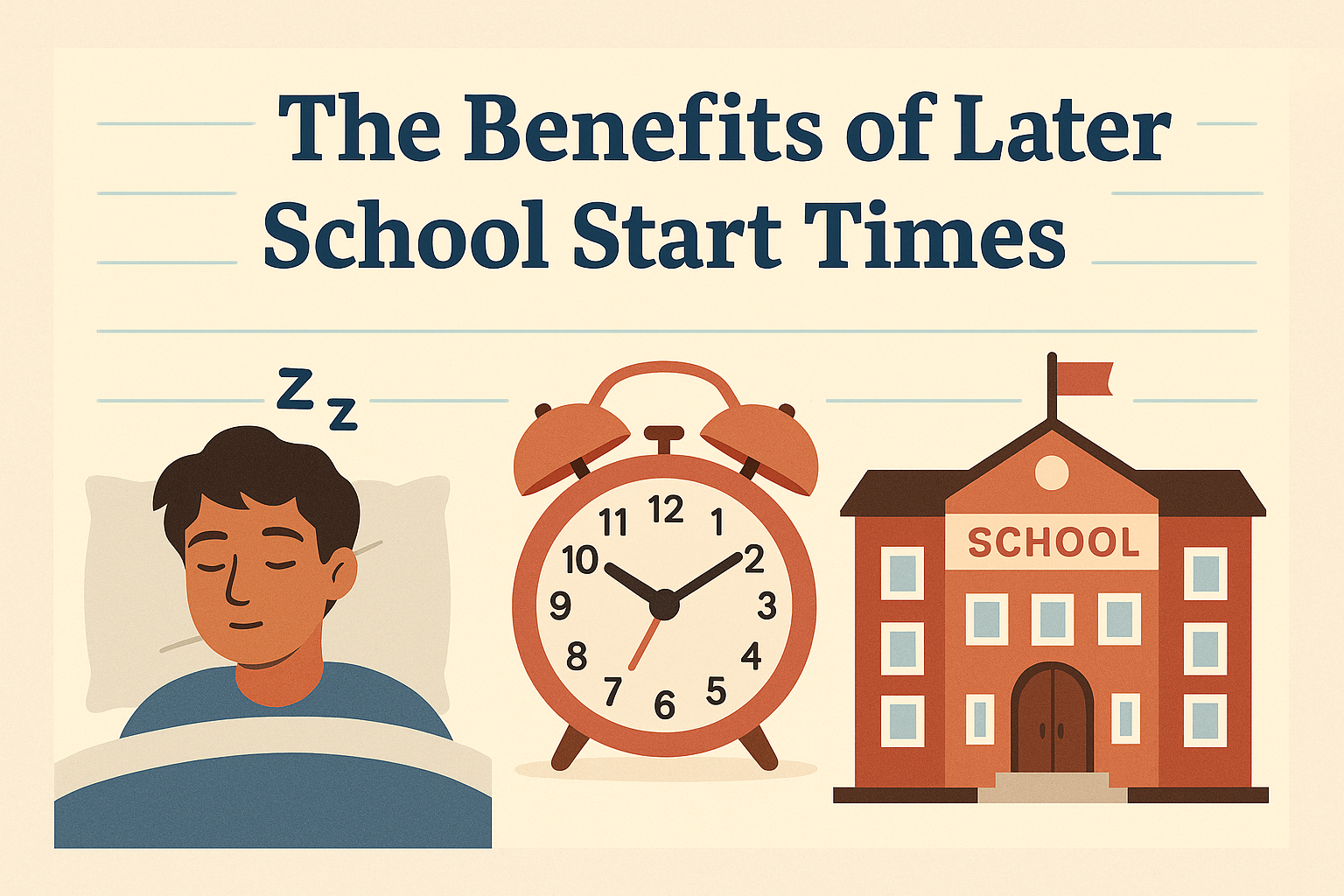




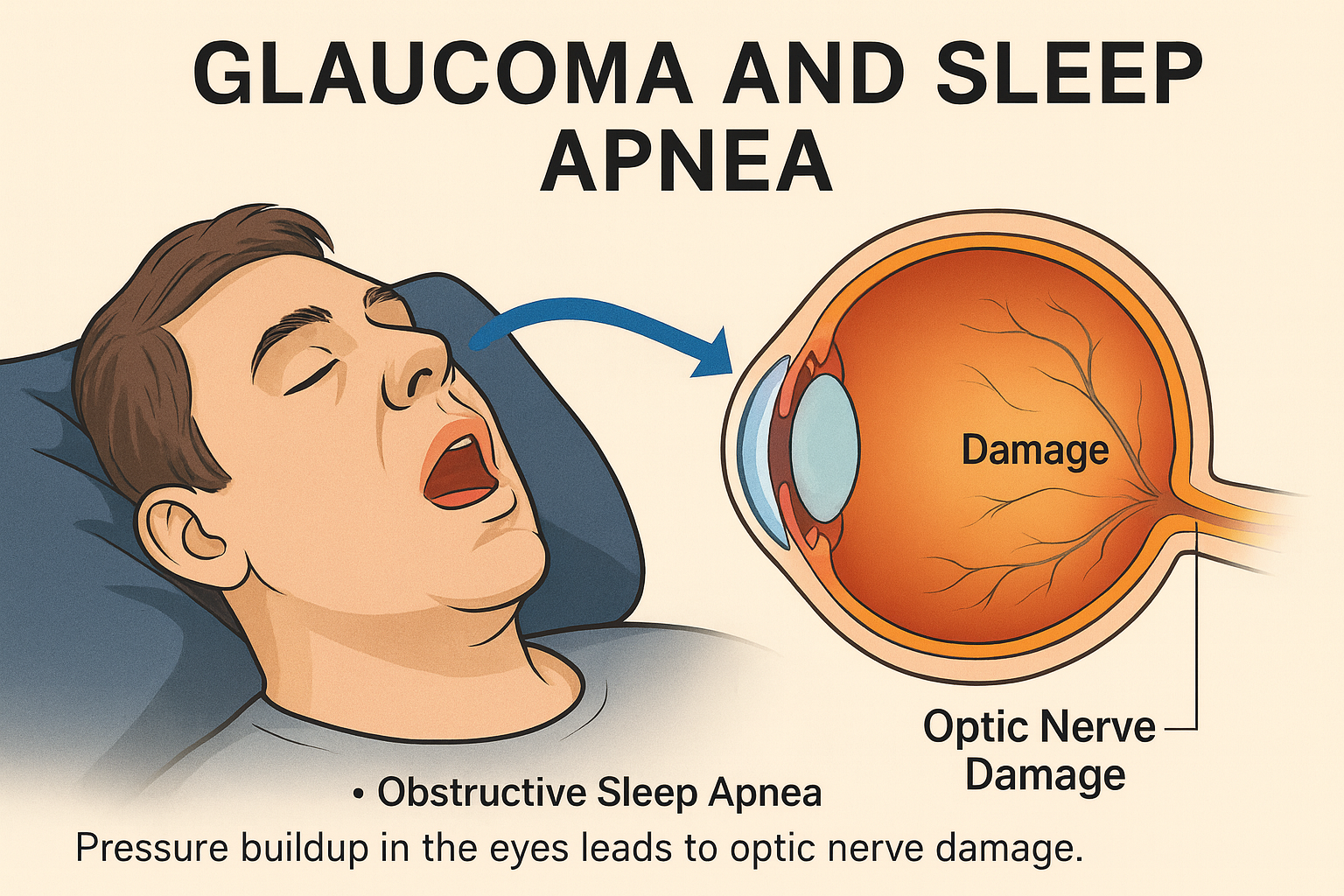
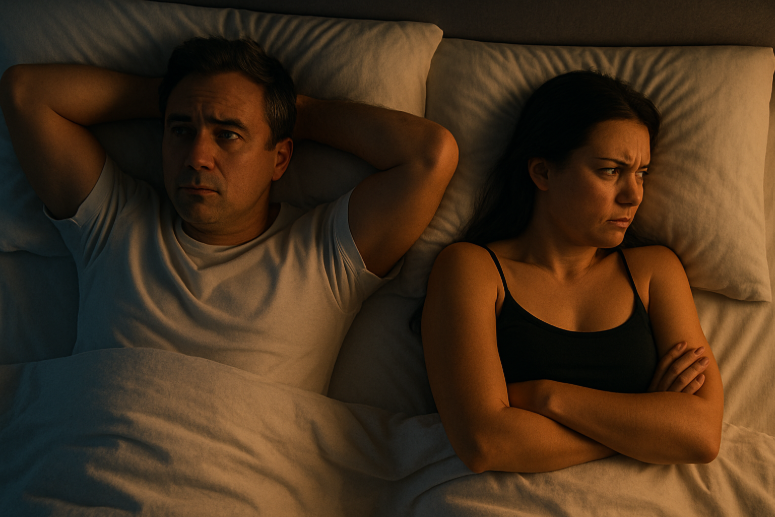
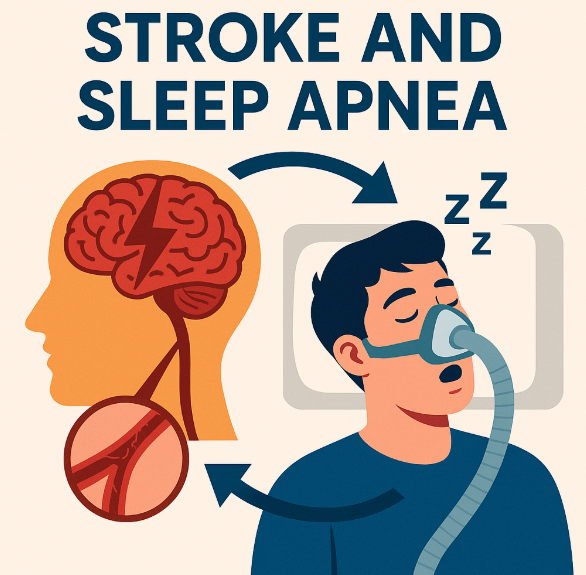

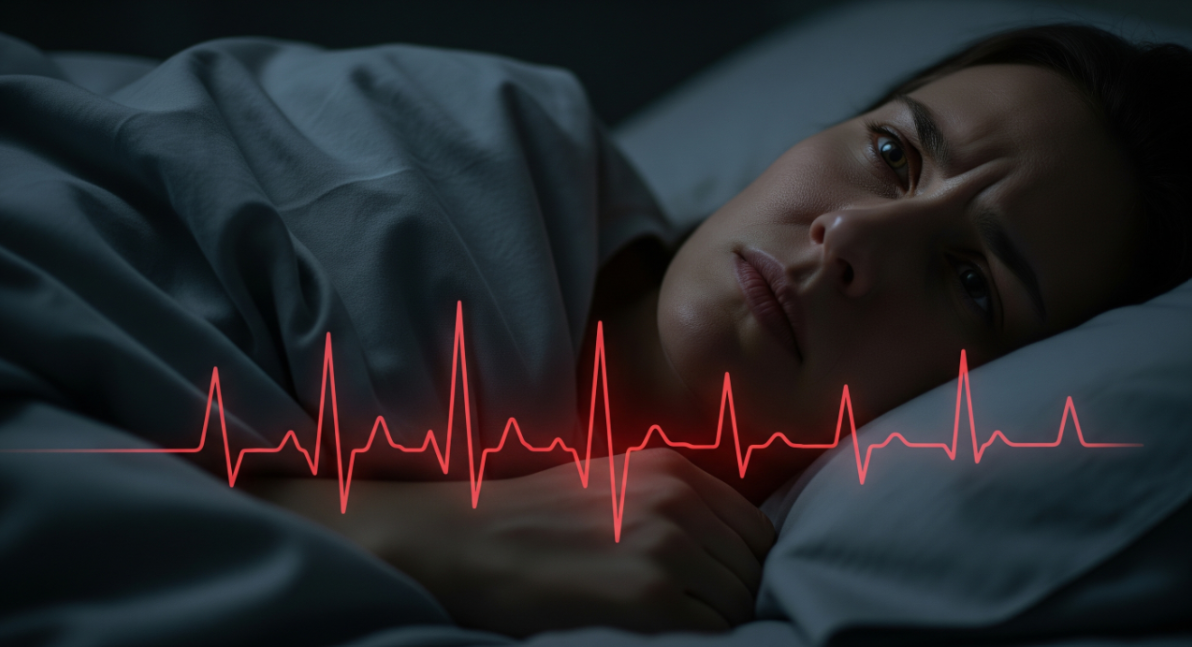
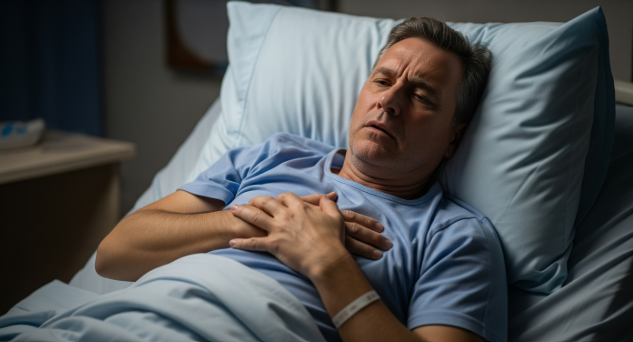




























































%20thumbnail.jpg)
.png)